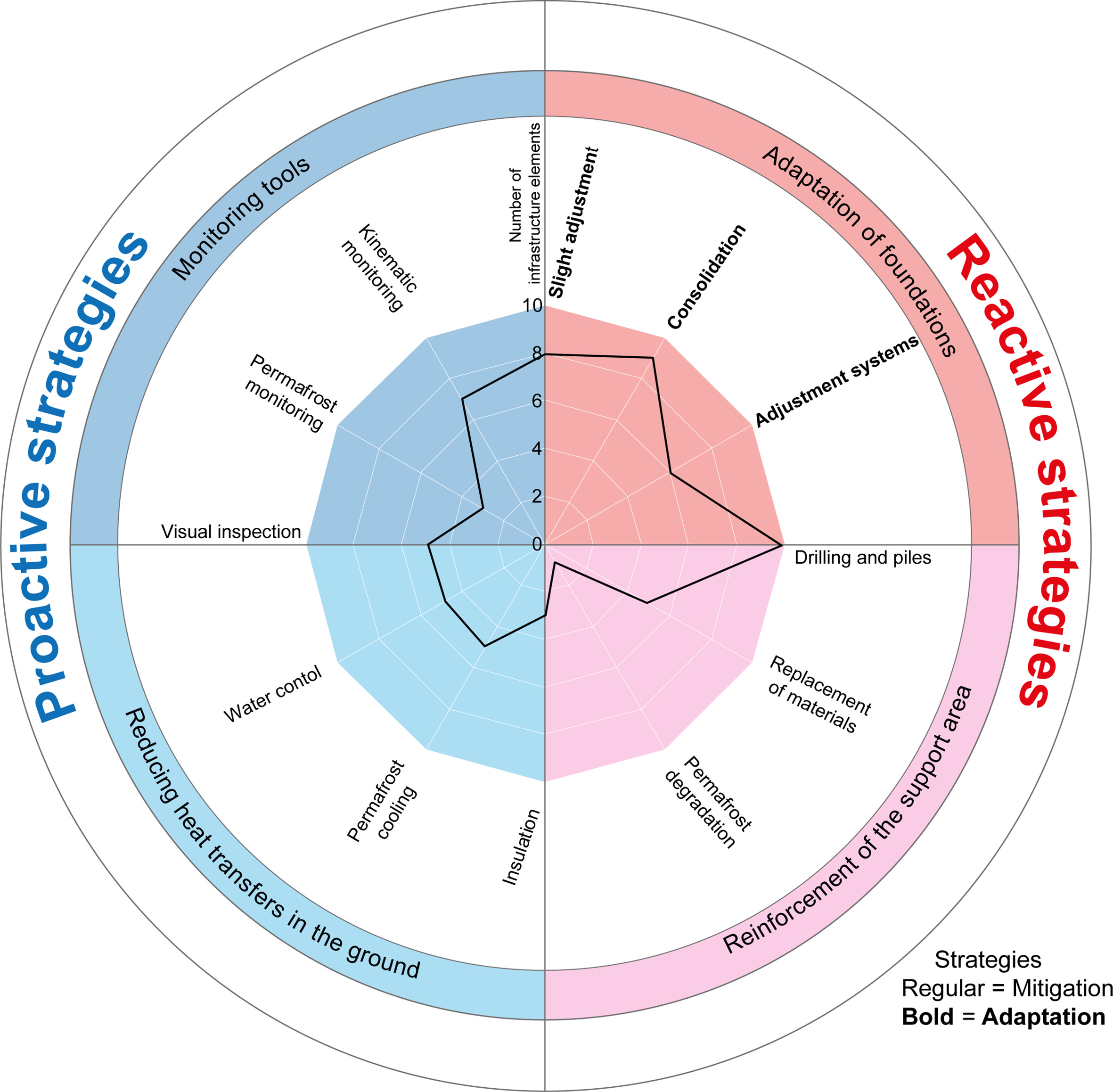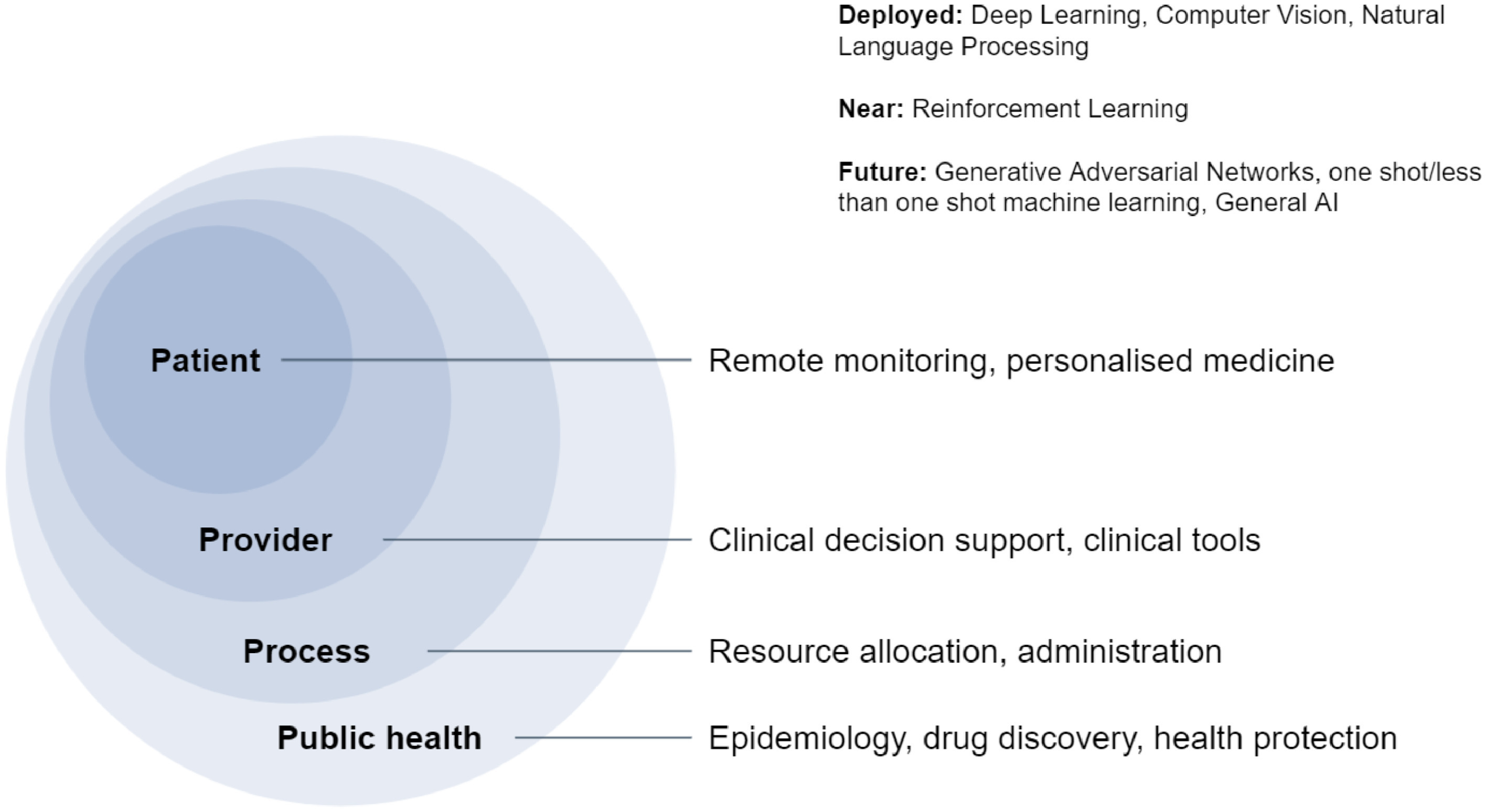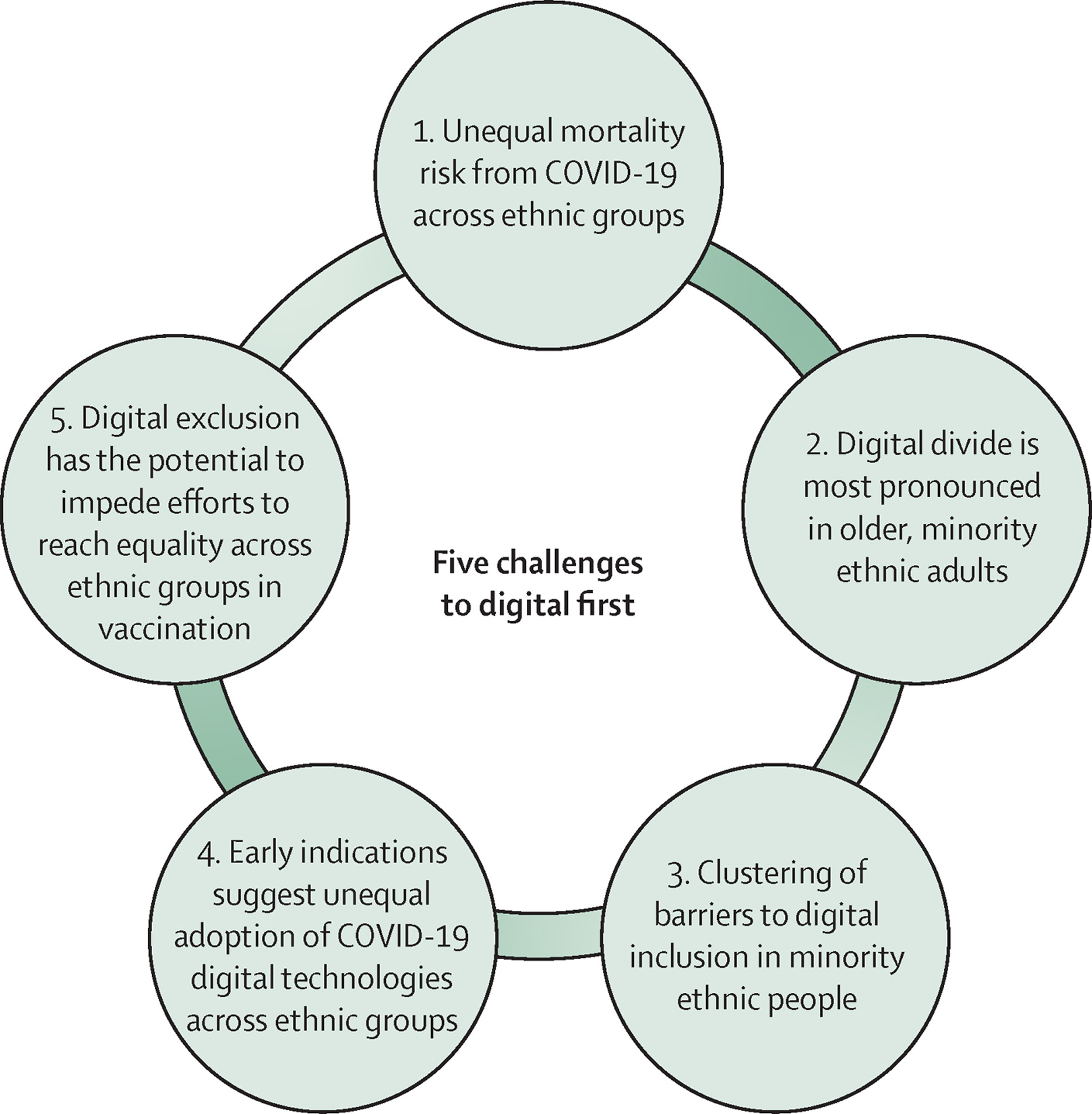Inventory of infrastructure potentially built on permafrost in the French Alps. Evaluation and ranking of the most at-risk infrastructures built on permafrost. Adaption and mitigation strategies already used to prevent or to cope with the destabilization.
Artificial intelligence (AI) is a rapidly developing field contributing to the English National Health Service (NHS) goals of more efficient care and reduced climate impact.
The accessibility concept provides a suitable framework for the achievement of sustainable land use and transport systems. Environmental and climate concerns have gained particular relevance among sustainability goals in recent years, thus reshaping political agendas all over the world. Against this background, this paper explores the practical relevance of accessibility instruments for low carbon mobility planning.
Within many countries, the policies of disability and old age have been developing on distinct paths. Even though the prevalence of disability is higher in older populations, older persons tend to be excluded from disability discourses. Taking Finland's disability service legislation reform as an example, this article elaborates on the justifications for excluding or including older persons from disability policies.
An important aspect of the transnational lives of Polish migrants in the Netherlands is their frequent use of healthcare services in Poland. Transnational care use may be detrimental for the continuity and the quality of the care migrants receive. The current study aims to shed light on the antecedents of migrants' doctor visits in Poland. Drawing on a representative population-based sample of Polish migrants in the Netherlands (n = 1,082), logistic regression is used to assess whether length of stay in the Netherlands is negatively associated with the likelihood of doctor visits in Poland.
This Comment supports SDGs 3 and 10 by discussing the UK's reliance on digital technologies during the COVID-19 pandemic. Although a digital-first policy aims to reduce health inequalities, challenges such as low usage of the internet and low uptake of digital COVID-19 technologies among older, minority ethnic groups, could mean that the strategy instead reinforces the unequal effects of COVID-19.
This study explores the styles and strategies of coping with stress among parents of children with developmental disabilities compared to parents of children with typical development. In stressful situations connected with rearing a child, parents of children with developmental disabilities do not use as dominant strategies connected with seeking emotional support and religion, which occur in the parents of typical development children.
UK mechanisms touching on sustainable development are generally based on, and have as their over-arching objective, some variation of the so-called “Brundtland definition”. These mechanisms also widely reference the three interconnected ‘pillars’ of sustainable development, also known as the ‘triple bottom line’ of sustainable development. The UK approach has a bearing on all SDGs and in particular, SDGs 9, 10 and 13.
The authors conclude that there are multiple pathways to consumption of 5-a-day that would benefit both people’s health and the environment, providing a range of policy options from which governments can select according to their priorities. Their results show that the pathways prioritizing vegetables over fruit and favoring an increased consumption of UK-produced varieties would achieve a better balance of benefits across health and reduction in greenhouse gas emissions (GHGEs) and water use
The main focus of this paper was to investigate the spatial variability of denitrification rates in sediments from several streams and ponds considering their locations and characteristics; to study the main controlling factors that regulate the denitrification process; and to draw some lessons and deduce recommendations about pond management to control the impact of NO3− in such agricultural environments.




